This article is part of Carrier Management’s series on the Future of Insurance.
David W. Miles, Co-Founder and Managing Partner, ManchesterStory Group, has his sights on transformed business processes that eliminate cobbled-together workflows internally and reduce friction for customers and claimants as he looks to invest in the industry’s future. IoT datasets further positioning insurers as providers of loss prevention services are also on his radar screen.
 David W. Miles, Co-Founder and Managing Partner, ManchesterStory Group
David W. Miles, Co-Founder and Managing Partner, ManchesterStory GroupQ: What major changes do you see on the horizon for the property/casualty insurance industry in the next 10 years? What will insurance companies, insurance leaders, the industry and its workforce look like in the next decade? What risks will they insure?
Miles (ManchesterStory): Through the years, insurers have pieced together workflows and processes as necessary, typically without a lot of thought given to how other departments, processes or customers may be affected. While this “whatever works” approach does typically achieve short-term results, it affords little insight into how such one-off tasks and workarounds for critical processes may affect long-term goals or effectiveness.
The most impactful changes on the horizon today are those focused on transformation of business practices and which are designed to bring a dramatic reduction in the friction around buying and utilizing insurance coverage—direct digital applications, touchless claims and flexible payment solutions will become ubiquitous, for example. These types of changes not only can provide operational efficiencies and associated financial gains for insurers but also a more streamlined, positive customer experience as well.
P/C insurance will increasingly be bundled at the time of purchase or financial commitment, or be integrated into products as part of the customer solution, leading to new distribution models and partners for carriers.
Distributed ledgers will be used for security and efficiency across multiple insurance applications, including proof of insurance, fraud reduction and claims payments.
The data and algorithms used for underwriting will become much “smarter,” based on a significantly broader set of indicators that provide much greater insight into specific customer risk factors. Falling IoT costs and a growing dataset will position insurers to champion loss prevention and risk mitigation for a much broader customer base under a “prevention as a service” umbrella.
In addition to continued growth in the sale of cyber insurance, falling insurance costs will increase demand for insurance coverage of nearly every kind—though we expect fewer individual standalone policy sales.
Q: How will insurance products and services be distributed?
Miles (ManchesterStory): On the distribution front, technological advances will lead first to digital underwriting and binding, moving over time to insurance as a service bundled into the solution at the time of purchase, and all leading to myriad new distribution channels.
Read more Future Insights by person
 Mike Albert, Co-Founder, Ask Kodiak
Mike Albert, Co-Founder, Ask Kodiak Tim Attia, CEO and Co-Founder, Slice Labs, Inc.
Tim Attia, CEO and Co-Founder, Slice Labs, Inc.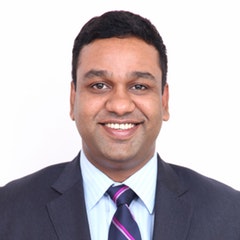 Arun Balakrishnan, CEO, Xceedance
Arun Balakrishnan, CEO, Xceedance Ilya Bodner, CEO, Bold Penguin
Ilya Bodner, CEO, Bold Penguin Bobby Bowden, Executive Vice President, Chief Distribution and Marketing Officer, Allied World
Bobby Bowden, Executive Vice President, Chief Distribution and Marketing Officer, Allied World Andy Breen, Senior Vice President, Digital, Argo Group
Andy Breen, Senior Vice President, Digital, Argo Group Adam Cassady, CEO, Tyche Risk
Adam Cassady, CEO, Tyche Risk Chris Cheatham, CEO, RiskGenius
Chris Cheatham, CEO, RiskGenius Trent Cooksley, Head of Open Innovation, Markel Corporation
Trent Cooksley, Head of Open Innovation, Markel Corporation Mike Foley, CEO, Zurich North America
Mike Foley, CEO, Zurich North America Guy Goldstein, Co-Founder and CEO, Next Insurance
Guy Goldstein, Co-Founder and CEO, Next Insurance Mike Greene, CEO & Co-Founder, Hi Marley
Mike Greene, CEO & Co-Founder, Hi Marley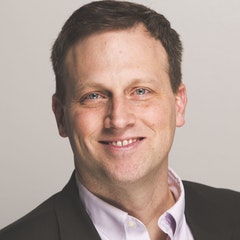 Brian Hemesath, Managing Director, Global Insurance Accelerator
Brian Hemesath, Managing Director, Global Insurance Accelerator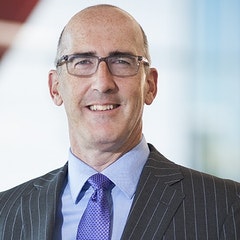 Russell Johnston, CEO, QBE North America
Russell Johnston, CEO, QBE North America Dr. Henna Karna, Managing Director and Chief Data Officer, XL Catlin
Dr. Henna Karna, Managing Director and Chief Data Officer, XL Catlin Tony Kuczinski, President and CEO of Munich Re, US
Tony Kuczinski, President and CEO of Munich Re, US Rashmi Melgiri, Co-Founder, CoverWallet
Rashmi Melgiri, Co-Founder, CoverWallet David W. Miles, Co-Founder and Managing Partner, ManchesterStory Group
David W. Miles, Co-Founder and Managing Partner, ManchesterStory Group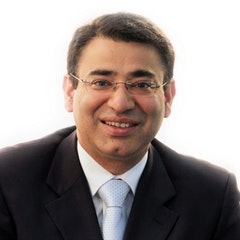 Pranav Pasricha, CEO, Intellect SEEC
Pranav Pasricha, CEO, Intellect SEEC Mike Pritula, President, RMS
Mike Pritula, President, RMS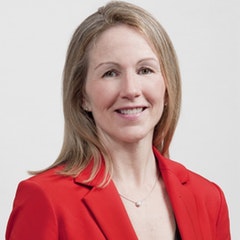 Kathleen Reardon, CEO, Hamilton Re
Kathleen Reardon, CEO, Hamilton Re Jeff Richardson, Senior Vice President, OneBeacon Insurance Group
Jeff Richardson, Senior Vice President, OneBeacon Insurance Group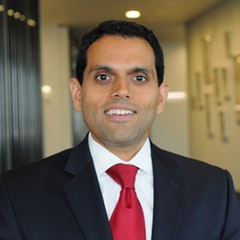 Vikram Sidhu, Partner, Clyde & Co
Vikram Sidhu, Partner, Clyde & Co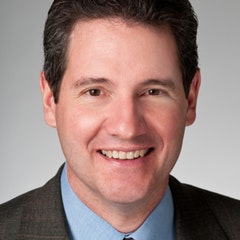 Christopher Swift, CEO, The Hartford
Christopher Swift, CEO, The Hartford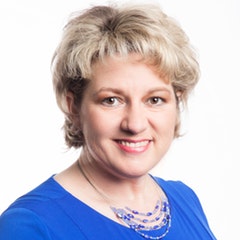 Rebecca Wheeling Purcell, Schedule It
Rebecca Wheeling Purcell, Schedule It Keith Wolfe, President US P/C—Regional and National, Swiss Re
Keith Wolfe, President US P/C—Regional and National, Swiss Re

Get the responses of all 26 leaders neatly packaged in single PDF download. More than 43 pages of content.




















 Despite Higher Insurance Costs, Risks, EVs Are Set to Dominate Roads in 2025
Despite Higher Insurance Costs, Risks, EVs Are Set to Dominate Roads in 2025  Loss Uncertainty High Amid ‘Rapid Softening’: Liberty Mutual Exec
Loss Uncertainty High Amid ‘Rapid Softening’: Liberty Mutual Exec  Rise of the Frequency Perils
Rise of the Frequency Perils  Polished Gem GEICO Fuels Berkshire Hathaway Operating Gains
Polished Gem GEICO Fuels Berkshire Hathaway Operating Gains 







